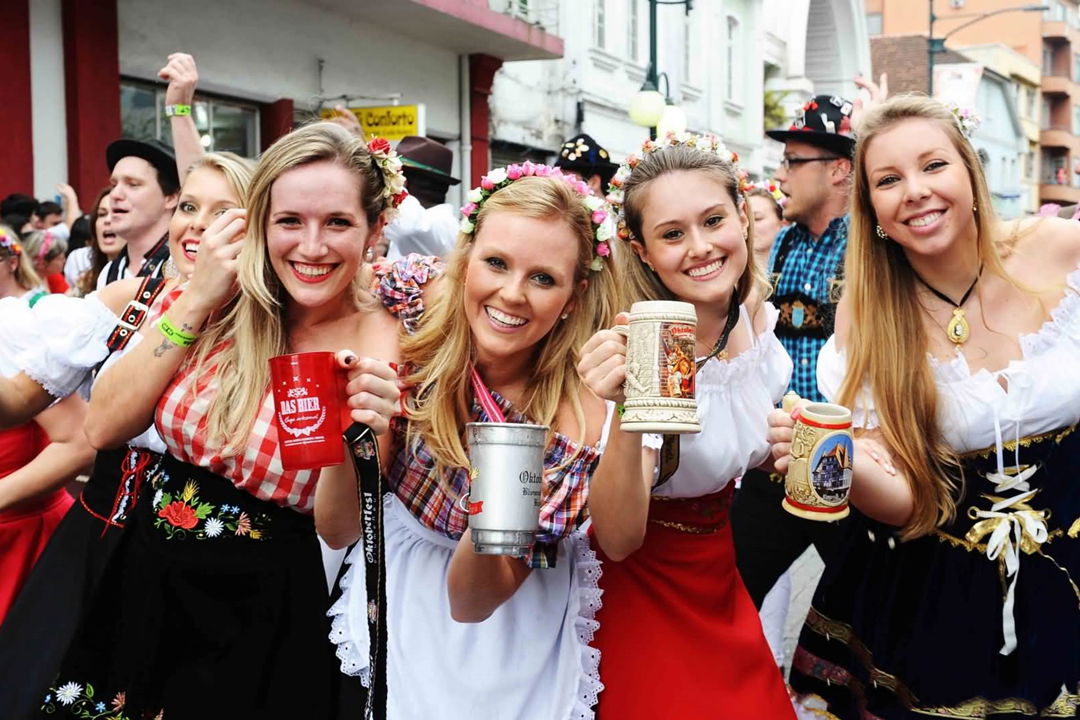DIRNDL DRESS
In Austria, Dirndls Continue To Be Worn On Public Occasions, Even By Younger Women. The Dirndl Is Considered An Important Part Of Alpine Folk Culture. Other Aspects Of Folk Culture Are Lederhosen For Men, Traditional Sports (e.g. Shooting, Music, Crossbow), Skills (e.g. Embroidery) And Musical Traditions (e.g. Singing Christmas Carols And Schuhplattler Dance Groups).
The Folk Culture Is Promoted By And Protected By Local Folk Culture Associations, Which Are Affiliated With The Bund Der Österreichischen Trachten- Und Heimatverbände (Federation Of Austrian Folk Dirndl Dress And Homeland Associations). The Catholic Church Has Played An Important Role In Promoting The Dirndl In Austria; Traditional Dress Is Worn For Worship Services, Especially The Major Church Holidays (e.g. Easter, Pentecost, Corpus Christi) And Saints´ Feast Days.
The Tyrol Has a Tradition Of The Heiligen Tracht (Holy Folk Costume), Which Is Not To Be Worn On Secular Occasions Marked By Drinking.Folk Costume Also Continues To Be Worn For Most Weddings And Festivals. Old Traditions Are Carefully Maintained Among Inhabitants Of Alpine Areas, Even Though This Is Seldom Obvious To The Visitor: Many People Are Members Of Cultural Associations Where The Alpine Folk Culture Is Cultivated.

At Cultural Events, The Traditional Dirndl Is The Expected Dress For Women. Visitors Can Get a Glimpse Of The Rich Customs Of The Alps At Public Volksfeste. Even When Large Events Feature Only a Little Folk Culture, All Participants Take Part With Gusto. Good Opportunities To See Local People Celebrating The Traditional Culture Occur At The Many Fairs, Wine Festivals And Firefighting Festivals Which Fill Weekends In The Austrian Countryside From Spring To Autumn.
Only In The Region Surrounding Vienna Is The Traditional Folk Culture Not a Regular Part Of Daily Life. Some Regions Are Particularly Known For Their Strong Dirndl Traditions, Such As The Tyrol, The Salzkammergut And The Wachau Region Of Lower Austria. In Austria, The Dirndl Is a Symbol Of National Identity, Seen In Austria As a National Symbol.
In Tourist Settings, Staff In Offices, Restaurants, Wineries And Shops Often Wear Dirndls As a Work Uniform; This Is Also The Case In The Non-Alpine Regions In The East Of Austria.Even In Everyday Life, Many Austrian Women Wear Dirndls As An Alternative To Other Fashions. Festivals At Which Dirndls Are Expected Dress Include Festivities For Raising The Maypole On The 1st May, The Narzissenfest (Daffodil Festival) During May In Bad Aussee,The Salzburg Festival And The Ausseer Kirtag In September.Styles Are Both Less Extravagant And Show Less Décolletage Than At Bavarian Garment.
In Austria, And Other Parts Of South Central Europe, There Are Literally Splashy Events Known As Dirndlspringen, In Which Attractive Young Women, Are Judged By How Well They Dive From a Diving Board Into a Lake Or a Swimming Pool While Wearing The Dirndl, Using It As a Swimdress.
